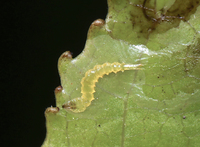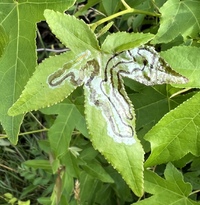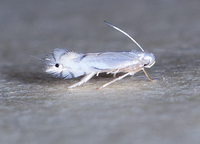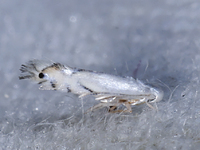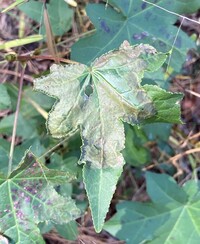
| Recorded by: Dean Furbish on 2025-10-22
Pender Co.
Comment: | 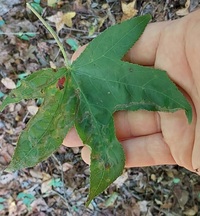
| Recorded by: Mark Basinger on 2025-10-03
Anson Co.
Comment: |
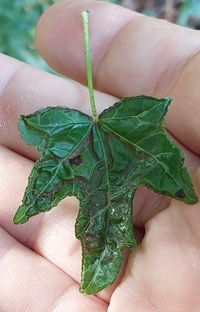
| Recorded by: Mark Basinger on 2025-10-03
Robeson Co.
Comment: | 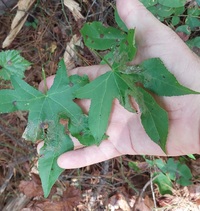
| Recorded by: Mark Basinger on 2025-10-01
Hoke Co.
Comment: |
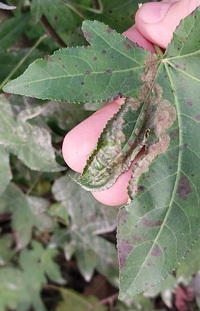
| Recorded by: Mark Basinger on 2025-10-01
Moore Co.
Comment: | 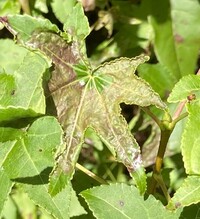
| Recorded by: Dean Furbish, Lior S. Carlson on 2025-09-18
Orange Co.
Comment: |
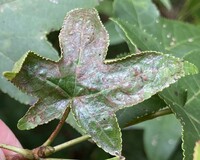
| Recorded by: Dean Furbish, Lior S. Carlson on 2025-09-10
Orange Co.
Comment: | 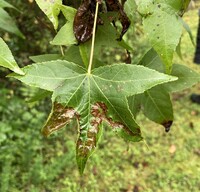
| Recorded by: Dean Furbish, Lior S. Carlson on 2025-08-12
Alamance Co.
Comment: |
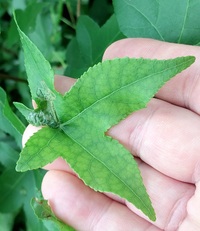
| Recorded by: Mark Basinger on 2025-07-24
New Hanover Co.
Comment: | 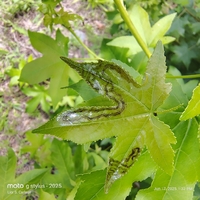
| Recorded by: Lior S. Carlson, Dean Furbish on 2025-06-17
Alamance Co.
Comment: |
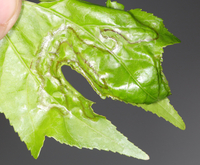
| Recorded by: Jim Petranka, Becky Elkin, Tracy Feldman, David George, Jeff Niznik and John Petranka. on 2025-05-09
Cumberland Co.
Comment: | 
| Recorded by: F. Williams, S. Williams on 2025-05-08
Cumberland Co.
Comment: |
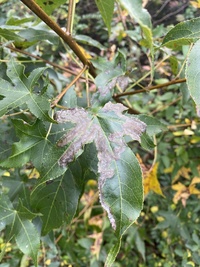
| Recorded by: David George on 2024-10-29
Duplin Co.
Comment: | 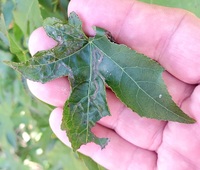
| Recorded by: Mark Basinger on 2024-09-22
Randolph Co.
Comment: |
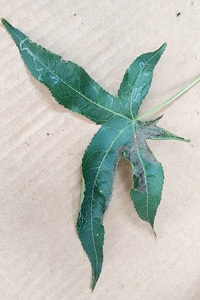
| Recorded by: Mark Basinger and Donald Zepp on 2024-08-23
Edgecombe Co.
Comment: | 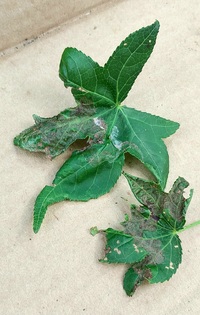
| Recorded by: Mark Basinger and Donald Zepp on 2024-08-23
Nash Co.
Comment: |
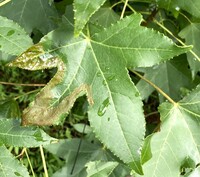
| Recorded by: Dean Furbish, Lior S. Carlson on 2024-08-12
Pamlico Co.
Comment: | 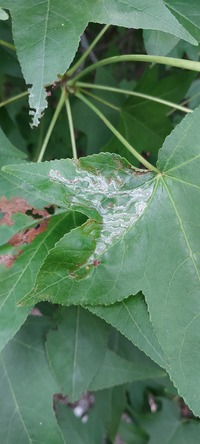
| Recorded by: Mark Basinger on 2024-07-02
Carteret Co.
Comment: |
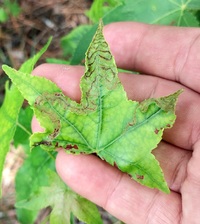
| Recorded by: Mark Basinger on 2024-07-02
Craven Co.
Comment: | 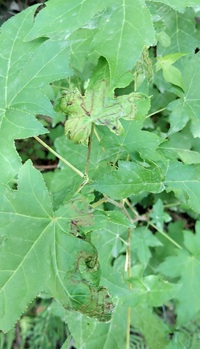
| Recorded by: Mark Basinger on 2024-07-02
Jones Co.
Comment: |
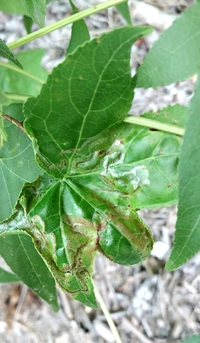
| Recorded by: Mark Basinger on 2024-07-02
Lenoir Co.
Comment: | 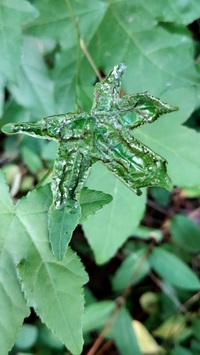
| Recorded by: Mark Basinger on 2024-06-23
Alamance Co.
Comment: |
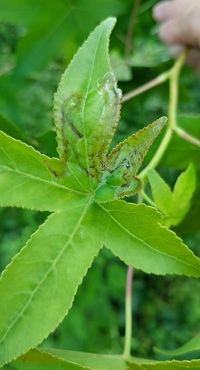
| Recorded by: Mark Basinger on 2024-06-23
Burke Co.
Comment: | 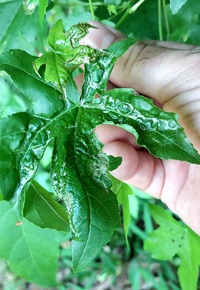
| Recorded by: Mark Basinger on 2024-06-23
Catawba Co.
Comment: |
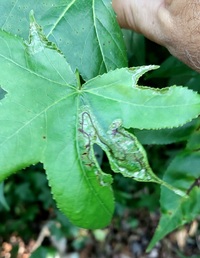
| Recorded by: Mark Basinger on 2024-06-23
Davie Co.
Comment: | 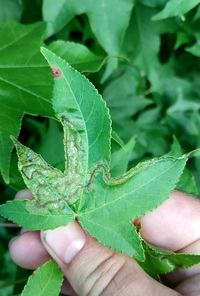
| Recorded by: Mark Basinger on 2024-06-23
Forsyth Co.
Comment: |
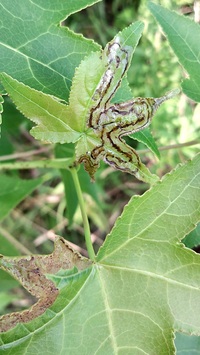
| Recorded by: Mark Basinger on 2024-06-23
Guilford Co.
Comment: | 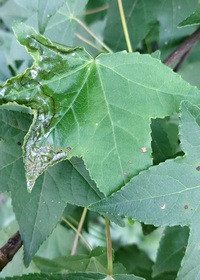
| Recorded by: Mark Basinger on 2024-06-23
Iredell Co.
Comment: |
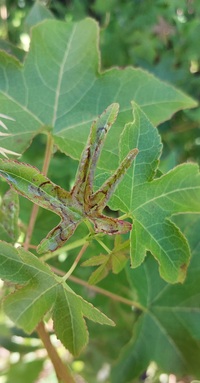
| Recorded by: Mark Basinger on 2024-06-20
Bladen Co.
Comment: | 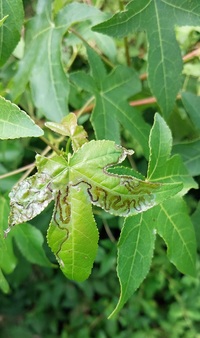
| Recorded by: Mark Basinger on 2024-06-20
Duplin Co.
Comment: |
|

 »
»